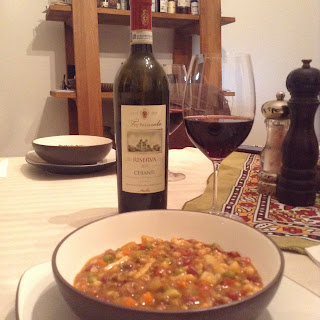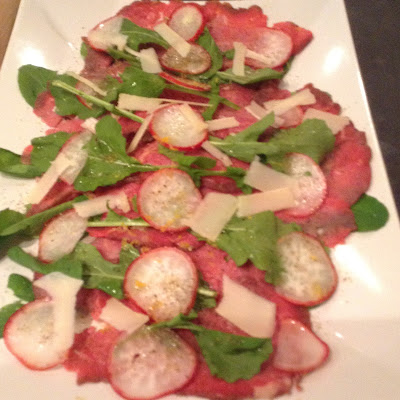Minestrone is the general term for any kind of thick soupy dish in Italy but translated as "vegetable soup" into English comes from the Italian word "minestra" which means soup. You can find hundreds of recipes on the web for minestrone but to be honest, there is no set recipe for it and this is why I love this dish.
Main idea, this is a vegetable and legume soup with addition of pasta. It can be vegetarian or you can have meat addition. What you use is regional and seasonal, this is the other idea I always support in food. The most common use is onion, garlic, carrot, celery, lentil, beans; barlotti beans is the common version in Italian cuisine and pasta addition at the very end.
How I cooked my minestrone...
I cooked mine with beef, chopped my beef into small cubes and sautéd with onion and garlic. Added small diced carrot, celery, potatos and peas. I had soaked red lentil, green lentil and pearled barley and boiled some adzuki beans and small white beans after soaking. I add all boiled and soaked legume, some hot water, about a table spoon of tomato paste and pepper paste and some spices and dried herbs; cumin, turmeric, oregano and thyme. Of course some salt and pepper to taste.
I like using heavy cast iron pots. I cooked my minestrone on very low heat for about two hours till it turn into a concise texture.
I paired my minestrone with a nice bottle of Italian DOCG wine, 2013 Chianti Classico Reserva since rustic soups with beans pairs well with medium bodied rustic red varietal like Syrah, Sangiovese or Cotes du Rhone.































